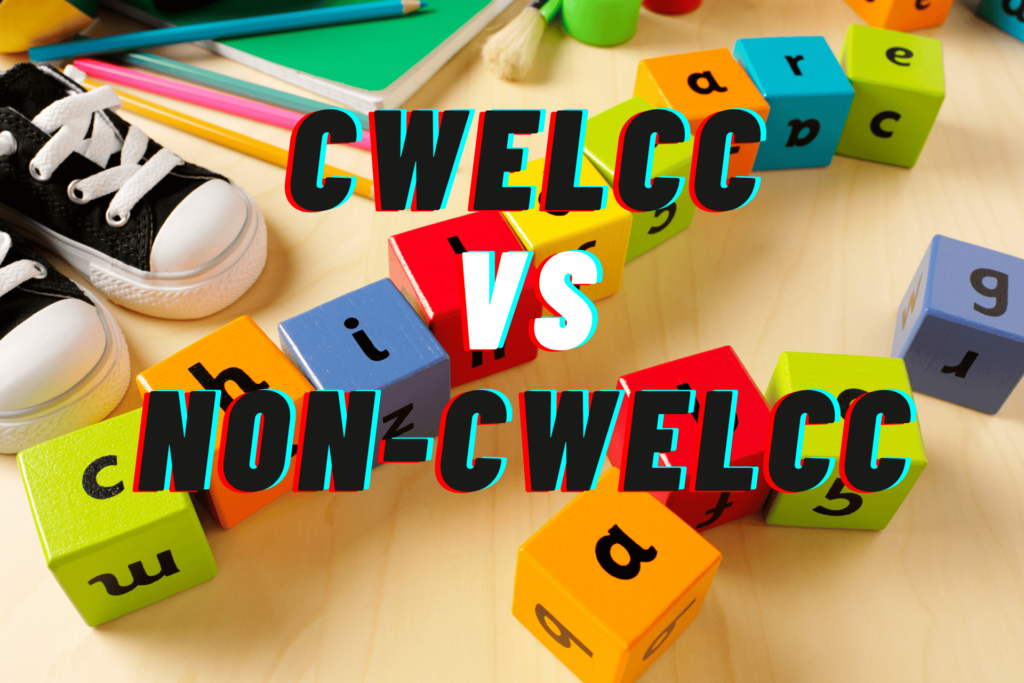Zoning is a pivotal mechanism within Ontario’s urban planning landscape, essential for regulating and managing land use within municipalities. This article delves into the intricacies of zoning, from its purpose and function to its practical application in the province.
What is Zoning and its Purpose?
Zoning plays a pivotal role in the urban planning of Ontario municipalities, offering a structured approach to managing land use within their jurisdictions. Local municipalities adopt comprehensive zoning bylaws, which categorize areas into distinct land use zones, each accompanied by detailed maps. These zones serve to facilitate orderly development, safeguard property values, and promote harmonious communities.
Land Use and By-Laws
The zoning bylaw allocates specific permitted uses to each zone, ranging from residential and commercial to industrial and institutional. Furthermore, it designates spaces for parks and open areas, ensuring the preservation of green spaces within urban environments. For instance, the bylaw may stipulate whether a property can be utilized for residential, commercial, or mixed-use purposes and whether you can have a restaurant, daycare, school, retirement home, auto shop, office or other uses.
Imposing Standards and Regulations
In addition to specifying permitted uses, the zoning bylaw also outlines a series of standards and regulations that must be adhered to within each zone. These standards encompass various elements, including building dimensions, heights, setbacks from property boundaries, population density, parking requisites, landscaping, and other pertinent developmental considerations.
How Does Zoning Operate in Ontario?
It’s crucial to be aware that zoning regulations vary between each city and municipality. This means that every locality possesses its distinct zoning map and by-laws, which can come in various formats. Some areas offer PDF versions of these maps, while others feature interactive iterations. It’s noteworthy that specific municipalities may require payment for each zoning search conducted.
Furthermore, it’s important to highlight that the by-laws themselves diverge significantly from one city or town to another. For instance, assuming that a particular zoning classification in one city permits the establishment of a daycare or restaurant doesn’t hold true when applied to a different city. A prevalent misconception is that zoning by-laws are uniform throughout Ontario, which is far from accurate. Each locality operates under its unique set of regulations and by-law.
The Unique Landscape of Municipal Zoning
Given Ontario’s diverse urban landscape, it’s important to note that each city and municipality establishes its own zoning standards and bylaws. This intricate network of zoning regulations demands thorough scrutiny before engaging in property transactions, particularly for commercial purposes.
Navigating Zoning Regulations: A Practical Example
Imagine you’re contemplating opening a daycare at a specific address within Toronto. Ensuring your chosen location aligns with zoning regulations is vital. A prime tool for this task is the City of Toronto Interactive Map [https://map.toronto.ca/maps/map.jsp?app=ZBL_CONSULT], where you can input the address to uncover its zoning classification. After identifying the zoning code, it’s essential to refer to the relevant by-law to understand the permitted use within that zone.

For instance, let’s explore the zoning for 1 King St. The interactive map reveals its zoning as CR2.5. A click on the provided link directs you to the pertinent by-law chapter [https://www.toronto.ca/zoning/bylaw_amendments/ZBL_NewProvision_Chapter40.htm], offering insights into the Commercial Residential zone’s general provisions, including lot dimensions, parking prerequisites, setbacks, and building heights.
Delving further into the by-law, navigating to chapter40_10.htm [https://www.toronto.ca/zoning/bylaw_amendments/ZBL_NewProvision_Chapter40_10.htm] unveils the range of permitted uses for the specified zone, providing clarity on what businesses or activities are allowed.
Lastly, the zoning map encompasses specific site exceptions that are exclusive to the addressed location, serving as a comprehensive reference for precise regulations.
Conclusions
Zoning in Ontario is an indispensable tool that shapes the urban landscape, ensuring harmonious development and facilitating the coexistence of diverse land uses. With each municipality defining its unique zoning standards, a thorough understanding of zoning regulations is paramount when considering property transactions. Utilizing interactive mapping tools and delving into comprehensive by-laws empowers individuals to navigate the intricacies of zoning, guaranteeing that their intended activities align seamlessly with the zoning guidelines.








